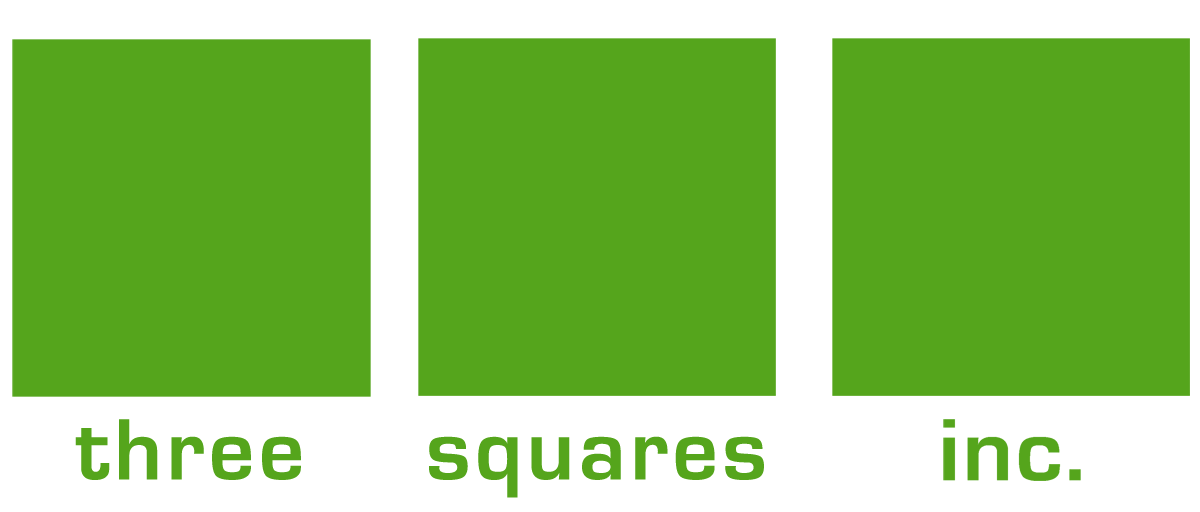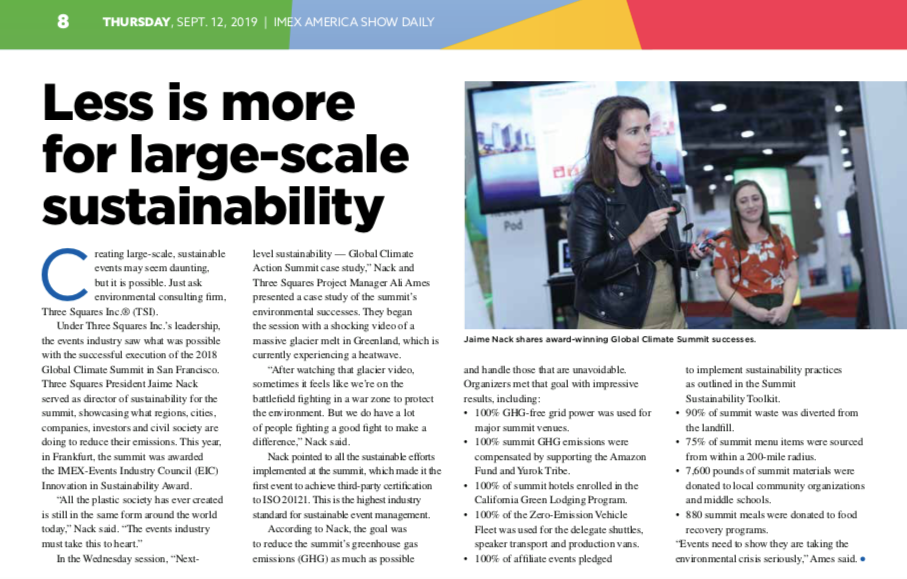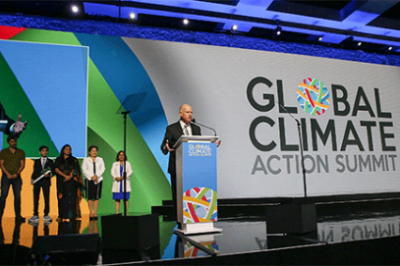This week, climate visionaries gathered in San Francisco for the Global Climate Action Summit. The event, which was co-chaired by world leaders including California Governor Jerry Brown, Michael Bloomberg, and UNFCCC Executive Secretary Patricia Espinosa, showcased what regions, cities, companies, investors, and civil society are doing to reduce their emissions.
Three Squares Inc. (TSI) President Jaime Nack served as Director of Sustainability for the Summit. With her leadership, the TSI team developed and implemented the Summit’s sustainability strategy, which focused on key impact areas that significantly affected the overall environmental footprint of the event. In particular, planning efforts focused on the reduction of greenhouse gas emissions related to event activities. Any unavoidable carbon emissions produced as a result of the event were offset through the Yurok Tribe Project and results-based payments from The Amazon Fund with the support of the Government of Norway. The Yurok Tribe Project and The Amazon Fund work to preserve forests and store carbon in California and the Brazilian Amazon, respectively.
As a result of the event’s world-class sustainability strategy, the Summit became the first organization to receive a 3rd party accreditation to ISO 20121, the highest industry standard for sustainable event management. The multi-stage accreditation process took months to complete and required 3 auditors from around the globe to complete a documentation review, an analysis of the Summit’s environmental management system, interviews with internal and external stakeholders, and on-site walk-throughs of the sustainability systems at all official Summit venues.
The sustainability milestones achieved by the Global Climate Action Summit have been recognized globally, including by The New York Times.
The ‘Mission’ of the plan is included below:
The Global Climate Action Summit is committed to reducing the environmental impact of the Summit event and building a legacy of sustainability in the event venues, throughout the City of San Francisco, and for future global conferences. The organizing team has worked to develop and implement a sustainable events strategy in accordance with best practices in event sustainability by demonstrating compliance to the ISO 20121 Event Sustainability Management Systems standard. Through detailed documentation of processes and tracking of results, the management system is designed for continual improvement so that the lessons learned from the Summit will allow for future events to build upon this set of sustainability initiatives and measure success year-over-year. The strategy focuses on key impact areas that significantly affect the overall environmental footprint of the Summit. Each impact area has been mapped to the corresponding Sustainable Development Goals (SDGs) with the icons listed below each section. Additionally, through a comprehensive educational campaign all delegates will learn how they can reduce their own environmental impact and witness sustainability strategies in action.
Learn more about the Summit sustainability initiatives here.
See the Summit’s Sustainability Results Report here.





